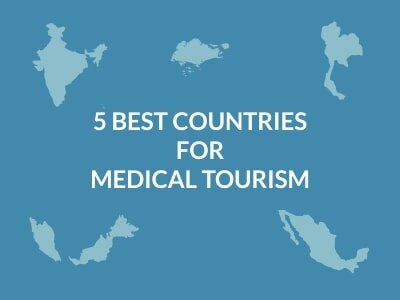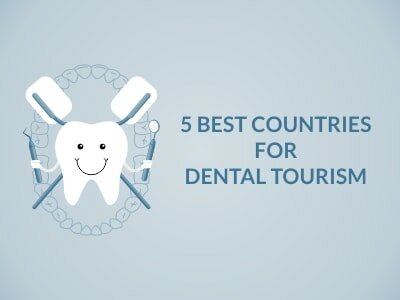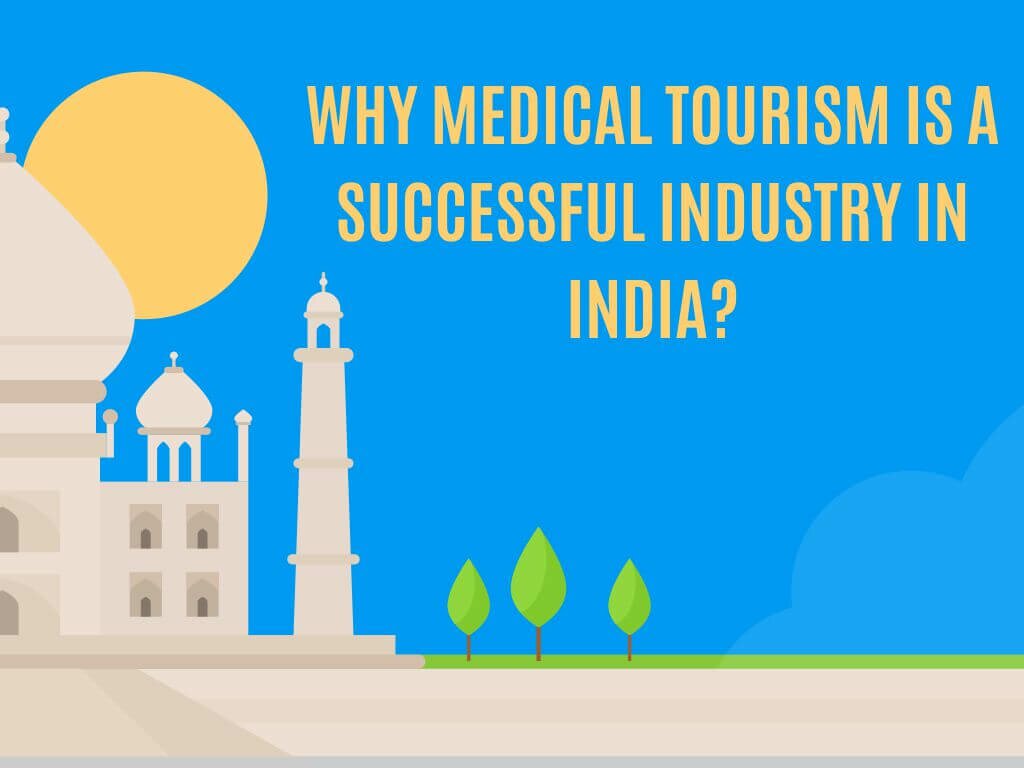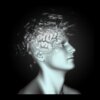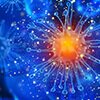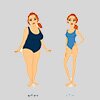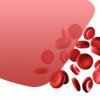Brain Stroke Surgery in India

Brain Stroke is the second leading cause of death amongst persons above 60 years of age, fifth leading cause of death amongst 15-59-year-old population and the leading cause of disability worldwide. 17 million people worldwide suffer a Stroke each year of which 6.2 million will die and 5 million will remain permanently disabled, says Dr Vinit Suri, President, Indian Stroke Association.
Despite the above facts, majority of the people lack awareness related to brain stroke symptoms, diagnosis and treatment. Let us try to understand how to deal with this medical condition.
What is Brain Stroke?
Human Brain Consists of Two Pairs of Large Arteries, The Right and Left Internal Carotid and The Right and Left Vertebral Arteries. Normally, the brain receives blood via 2 major arteries which branch throughout brain tissue and supply brain cells with constant flow of oxygen, glucose and nutrients.
In simple terms, a stroke is brain attack. It occurs when cells are deprived of these ingredients due to reduction/interruption of blood supply to brain tissues. Supply of blood to brain could be interrupted due to blood clot or rupture of blood vessels. The word stroke comes from the idea of receiving a sudden strike or hit. A stroke is a type of cardiovascular disease. It needs immediate medical attention or else it can pose some serious damage to the body.
Symptoms
Watch for these signs and symptoms if you think you or someone else may be having a stroke. The effect and time length of symptoms may vary depending on the source.
Aphasia: Trouble with speaking words/phrases or understanding speech
Trouble with seeing in one or both eyes leading to blurred or blackened vision
Paralysis, numbness or weakness on one part of the body
Severe headache accompanied by dizziness
Altered consciousness
Not able to walk properly
Loss of balance/coordination
Vertigo, like the room is spinning
What can be done immediately if someone is having a stroke?
In that case you just need to recognize the symptoms. In case you find it difficult to memorize the symptoms, just remember the FAST approach:

One important thing to observe is that movement/sensation of one part of the body will be affected generally.
In a human body, movements/ sensation of one side of the body is controlled by the opposite side of the brain. Brain Stroke generally affects one side of the brain thus damaging the movements/sensation of the opposite side of the body.
This means that if the stroke damaged the right side of your brain, your movement and sensation on the left side of your body will be affected. If your stroke affected the brain tissue on the left side of your brain, your movement and sensation on the right side of your body may be affected.
Do’s and Don’ts
Some do’s and don’ts that can be taken care of till the time medical assistance comes:
Start CPR in case of difficulty in breathing. CPR consists of repeated, steady chest compressions
Don’t let them go to sleep
Don’t give them food, liquids or medication before the ambulance comes
Stay focussed and don’t panic

Ichemic Stroke
Ischemic Stroke occurs when arteries to brain become narrowed or blocked thus leading to decrease in blood flow(ischemia) to brain tissues. About 80% of strokes are Ischemic stroke.
Thrombotic stroke
Occurs when a blood clot(thrombus) is formed in one of the arteries carrying blood to your brain. Clot maybe formed due to accumulation of fatty Deposits(plaque) in arteries that leads to reduction in blood flow (atherosclerosis) or any other Artery conditions
Embolic stroke
Occurs when a blood clot is formed away from your brain, commonly in your heart, and is swept away through your bloodstream to lodge in narrow brain arteries. This type of blood clot is known as embolus
Transient Ichemic Attack(TIA)
TIA is the temporary disruption of blood flow to brain due to leakage of blood or weak spots in blood vessels. Although it is a temporary situation, symptoms are similar to that of a stroke.
Hemorrhage Stroke
Hemorrhage stroke occurs due to leakage or rupturing of a blood vessel. It can be caused due to:
Uncontrolled High blood pressure
Higher dosage of Anticoagulants
Weak spots in blood vessels (Aneurysms)
Rupture of an abnormal tangle of thin-walled blood vessels (arteriovenous malformation)
Intracerebral Hemorrhage
This occurs when blood vessel in brain bursts and spills in surrounding brain tissue damaging blood cells thus depriving brain cells beyond leak of blood. High BP, Use of Anti coagulants, trauma may cause this type of haemorrhage.
Subarachnoid Hemorrhage
This occurs when Artery near or on the surface of brain bursts spilling into space between skull and surface of the brain. It is caused due to weakening of blood vessels.
Brain Stroke Diagnosis
Following tests/scan are needed by the doctor to analyse the type of brain stroke:
Physical Examination
Blood Tests
Computerized Tomography (CT) Scan
Magnetic Resonance Imaging (MRI) Scan
Echocardiogram
Carotid Ultrasound
Brain Stroke Treatment
India has achieved enormous technological advancements in brain stroke treatments.
The Apollo Hospitals have made use of a cutting-edge robotic technology RP-7 to provide treatment to patients in remote locations. Using this, a doctor sitting in a hospital can perform the treatment of a patient at a village. In case of any stroke emergency, the doctor can access the patient remotely within 48 hours and perform treatment.
The first stroke device approved by FDA is Merci retriever. It restores the blood flow by removing thrombus in those patients who have ischemic stroke. The penumbra system is the last FDA approved device that has been primarily developed for removing a clot in the case of acute ischemic stroke.
Average cost of brain stroke treatment surgery in India ranges from USD 4000 to USD 6000 depending on the type of stroke.
Hospitals in India which specialize in Brain Stroke Treatment:
Global hospital, Hyderabad
Artemis hospital, Gurugram
Paras hospital, Gurugram
Apollo hospitals
Manipal hospital, Bengaluru
Narayana Multispeciality hospital, Bengaluru
Kokilaben Dhirubhai Ambani hospital, Mumbai
Fortis memorial research institute, Gurugram
Aster Medcity, Kochi
Medanta – the Medicity, Gurugram
Batra hospital and medical research centre, New Delhi
Ayurveda Treatment for Brain Stroke
Ayurveda treatments are also available for brain stroke treatments in India. These consists of medicines made from natural herbs and leaves. One of the treatments includes a mix of Basti, Nasya and Shirodhara. In Basti, the individual experiences purification to remove inner toxic. Nasya is a system for treating the head, nose, and sinuses. Also, in Shirodhara, the individual is made to sleep and have cured fluids poured on the eyebrow. Also, medicines like Ashwagandhaaristha, Brahmi Vati, Ashvagandhachurna are likewise managed.
Preventive Measures that can be taken to avoid Brain stroke:
Exercise Regularly
Eat healthy food (more of fruits and green vegetables)
Limiting the amount of cholesterol and trans and saturated fats in your diet
Quit smoking/chewing tobacco
Maintain your BMI
Keep a regular check on your BP
Keep your sugar in check
Limit your alcohol consumption
Avoid illicit drugs


